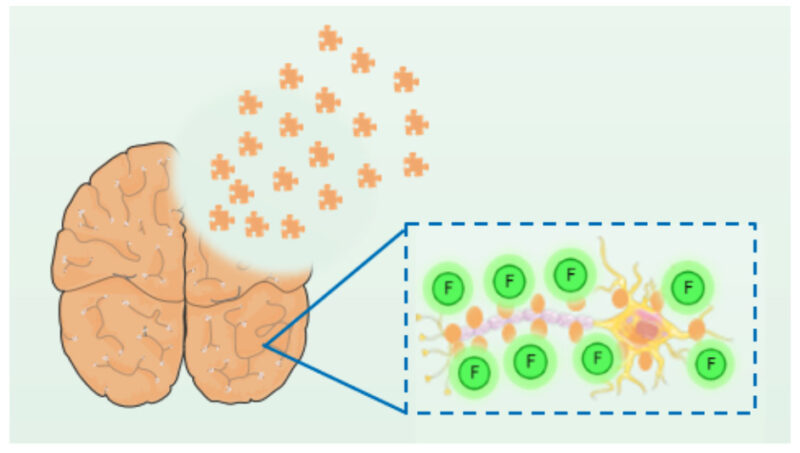
Alzheimer’s disease is a very common neurodegenerative disease today. This brain disorder slowly destroys the memory, the ability to think and, over time, the hability to perform even the simplest tasks. Despite the many studies carried out on the disease due to its severity, not we still do not know all the molecular, genetic and biochemical mechanisms causing it are knownthat can trigger it. However, it is knownwe do know that proteins called β-amyieloids accumulate in the form of plaques on the outside of the neurons of the patients with Alzheimer’s, being greaterand that the accumulation of this protein increases as the diasease progresses and the symptomns are aggravatedbecome more serious.
Based on the above, experiments were conducted with a fluorescent synthesis compound capable of binding β-amyieloids proteins with high affinity. The intensity of light emitted by the compound is higherbecomes more intense by increasingwhen the concentration of the protein to which it binds is increased, even at low concentrations of protein., which This allows an early diagnosis of Alzheimer’s disease by indicating the number of plaques presented by the patient at the time of the study., which allows to address aEarly diagnosis enables better treatment of the disease.
Keywords: Alzheimer’s, β-amyieloids plaques, fluorescent compound, early diagnosis.
Directed by: Luis Crovetto González
Leave a Reply